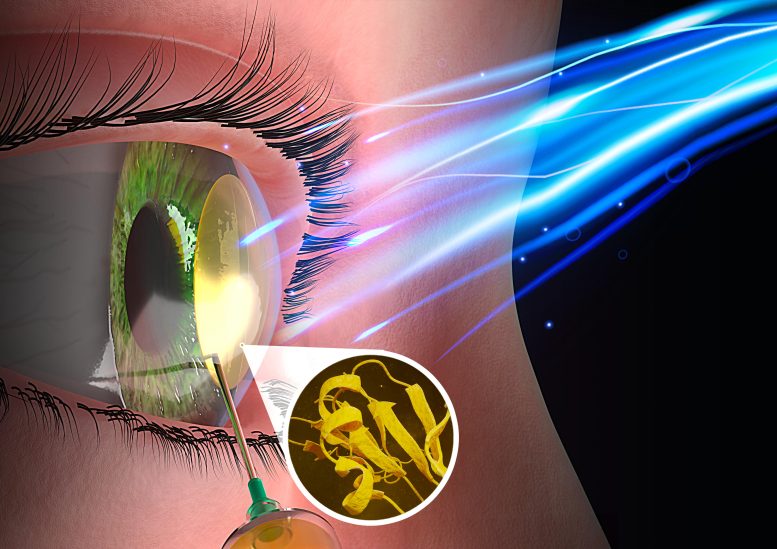
An injectable biomaterial activated by pulses of low-energy blue light has tremendous potential for on-the-spot repair to the domed outer layer of the eye, a team of University of Ottawa researchers and their collaborators have revealed. Credit: Faculty of Medicine, University of Ottawa
A new study reveals that biomimetic materials, when pulsed with low-energy blue light, can reshape damaged corneas, including increasing their thickness. The findings have the potential to affect millions of people.
A team of University of Ottawa researchers and their collaborators have uncovered the immense potential of an injectable biomaterial that is triggered by low-energy blue light pulses for immediate repair of the eye’s domed outer layer.
Following a design approach guided by biomimicry—innovation that takes inspiration from nature—the multidisciplinary researchers’ compelling results show that a novel light-activated material can be used to effectively reshape and thicken damaged corneal tissue, promoting healing and recovery.
This technology is a potential game-changer in corneal repair; tens of millions of people across the globe suffer from corneal diseases and only a small fraction are eligible for corneal transplantation. Transplant operations are the current gold standard for ailments resulting in thinning corneas such as keratoconus, a poorly understood eye disease that results in loss of vision for many people.
“Our technology is a leap in the field of corneal repair. We are confident this could become a practical solution to treat patients living with diseases that negatively impact corneal shape and geometry, including keratoconus,” says Dr. Emilio Alarcon, an Associate Professor at the uOttawa Faculty of Medicine and researcher at the BioEngineering and Therapeutic Solutions (BEaTS) group at the University of Ottawa Heart Institute.
The cornea is the protective, dome-like surface of the eye in front of the iris and pupil. It controls and directs light rays into the eye and helps achieve clear vision. It’s normally transparent. But injury or infection results in scarring of the cornea.

Dr. Emilio Alarcon, an Associate Professor at the University of Ottawa’s Faculty of Medicine and researcher at the BioEngineering and Therapeutic Solutions (BEaTS) group at the University of Ottawa Heart Institute. Credit: Faculty of Medicine, University of Ottawa
The collaborative team’s work was published in Advanced Functional Materials, a high-impact scientific journal.
The biomaterials devised and tested by the team are comprised of short peptides and naturally occurring polymers called glycosaminoglycans. In the form of a viscous liquid, the material gets injected within corneal tissue after a tiny pocket is surgically created. When pulsed with low-energy blue light, the injected peptide-based hydrogel hardens and forms into a tissue-like 3D structure within minutes. Dr. Alarcon says this then becomes a transparent material with similar properties to those measured in pig corneas.
In vivo experiments using a rat model indicated that the light-activated hydrogel could thicken corneas without side effects. The research team – which employed a much smaller blue light dosage compared to what’s been used in other studies – also successfully tested the technology in an ex vivo pig cornea model. Testing in large animal models will be necessary prior to clinical human trials.
“Our material was engineered to harvest the blue light energy to trigger the on-the-spot assembling of the material into a cornea-like structure. Our cumulative data indicates that the materials are non-toxic and remain for several weeks in an animal model. We anticipate our material will remain stable and be non-toxic in human corneas,” says Dr. Alarcon, whose uOttawa lab focuses on developing new materials with regenerative capabilities for tissue of the heart, skin, and cornea.
The rigorous research took over seven years to reach the publication stage.
“We had to engineer each part of the components involved in the technology, from the light source to the molecules used in the study. The technology was developed to be clinically translatable, meaning all components must be designed to be ultimately manufacturable following strict standards for sterility,” Dr. Alarcon says.
The research findings are also the focus of a patent application, which is presently under negotiations for licensing.
Dr. Alarcon was the study’s senior author who guided the material design aspect of the research, while uOttawa’s Dr. Marcelo Muñoz and Aidan MacAdam played big roles in creating the novel technology. Interdisciplinary collaborators included Université de Montréal scientists Dr. May Griffith, an expert in cornea regeneration, and Dr. Isabelle Brunette, an ophthalmology and corneal transplant expert.
Reference: “Low Energy Blue Pulsed Light-Activated Injectable Materials for Restoring Thinning Corneas” by Aidan J. MacAdam, Marcelo Munoz, Jinane El Hage, Kevin Hu, Alex Ross, Astha Chandra, Jodi D. Edwards, Zian Shahid, Sophia Mourcos, Maxime E. Comtois-Bona, Alejandro Juarez, Marc Groleau, Delali Shana Dégué, Mohamed Djallali, Marilyse Piché, Mathieu Thériault, Michel Grenier, May Griffith, Isabelle Brunette and Emilio I. Alarcon, 19 July 2023, Advanced Functional Materials.
DOI: 10.1002/adfm.202302721
The project was supported by a Collaborative Health Research Projects grant, an NSERC Discovery grant, the Government of Ontario, and the University of Ottawa Heart Institute.

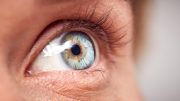
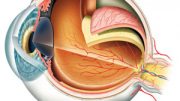
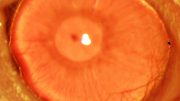
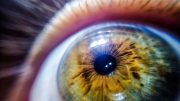

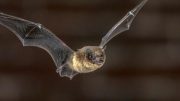
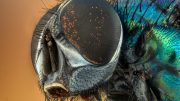
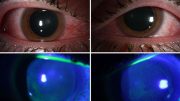
Since it’s clear, can this be used to repair the lens of the eye?